The main campus of Sinclair Community College was built on a section of downtown that was completely demolished during urban renewal in the 1960s. The area was largely residential and contained some of the most beautiful residences in the city, with the largest concentration found on a street called Robert Boulevard.
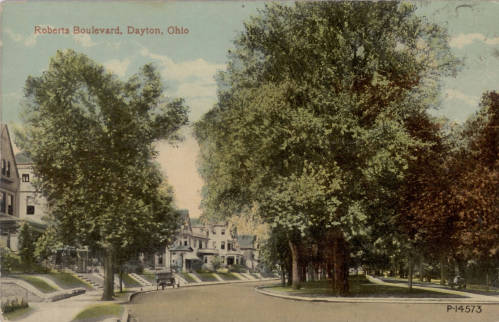
Lost Robert Boulevard in Downtown Dayton
This was much more than a normal street in Dayton, as Robert Boulevard was once called “one of the most beautiful residence streets and parks in the country” and was also said to “personify a way of life that reflected charm, culture, and luxury at the turn of the century in the Gem City.”
Due to its proximity to the Great Miami River, many of these houses suffered significant damage during the flood of 1913.
But perhaps the even greater damage came afterwards in the form of a major exodus of residents away from these downtown homes in favor of the higher ground of areas like Dayton View and Oakwood.
In addition to the boulevard, there was a wide variety of buildings—additional mansions, more modest homes, as well as commercial and industrial structures—in the area from Monument Ave to West Fifth Street.
But in the decades after the flood and into World War II, many of the mansions were split up into rooming houses and the area in general declined.
Eventually, everything was cleared out for what would later become Sinclair, as well as I-75 and the Montgomery County Administration Building.
We will never be able to get Robert Boulevard back, but fortunately some of Sinclair’s recent construction projects are bringing back some of the long-lost beautiful, park-like atmosphere.
This is a before and after of Fourth Street looking west, formerly a very wide and not particularly attractive street.
It has since been reduced to 2 lanes and is being given lots of new street trees (including many native trees) and green space to make it a much more enjoyable street to walk. Bike lanes will be going in next.
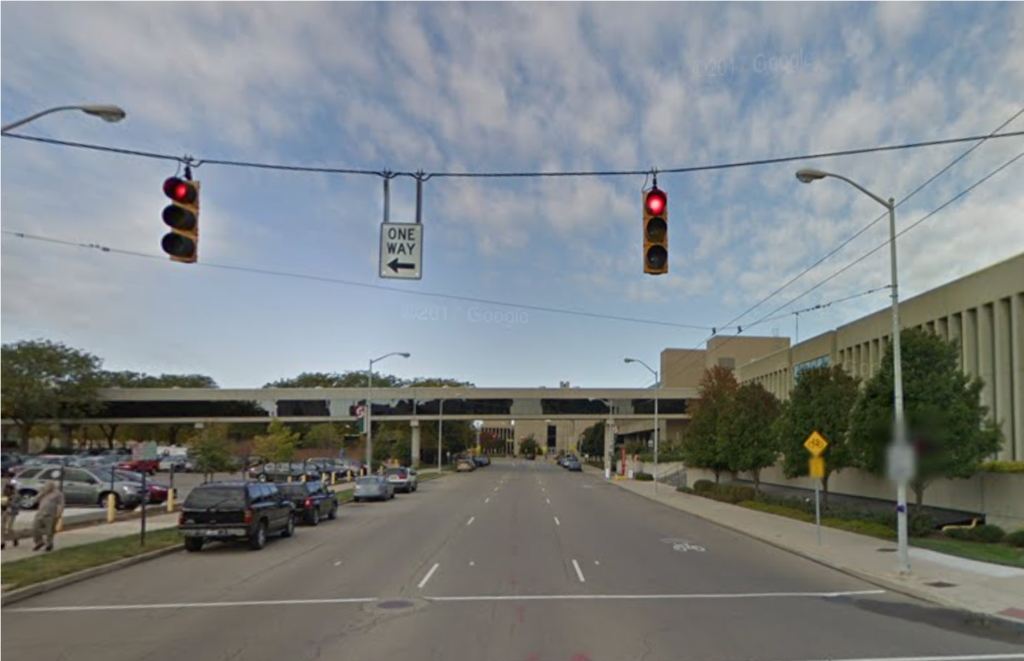
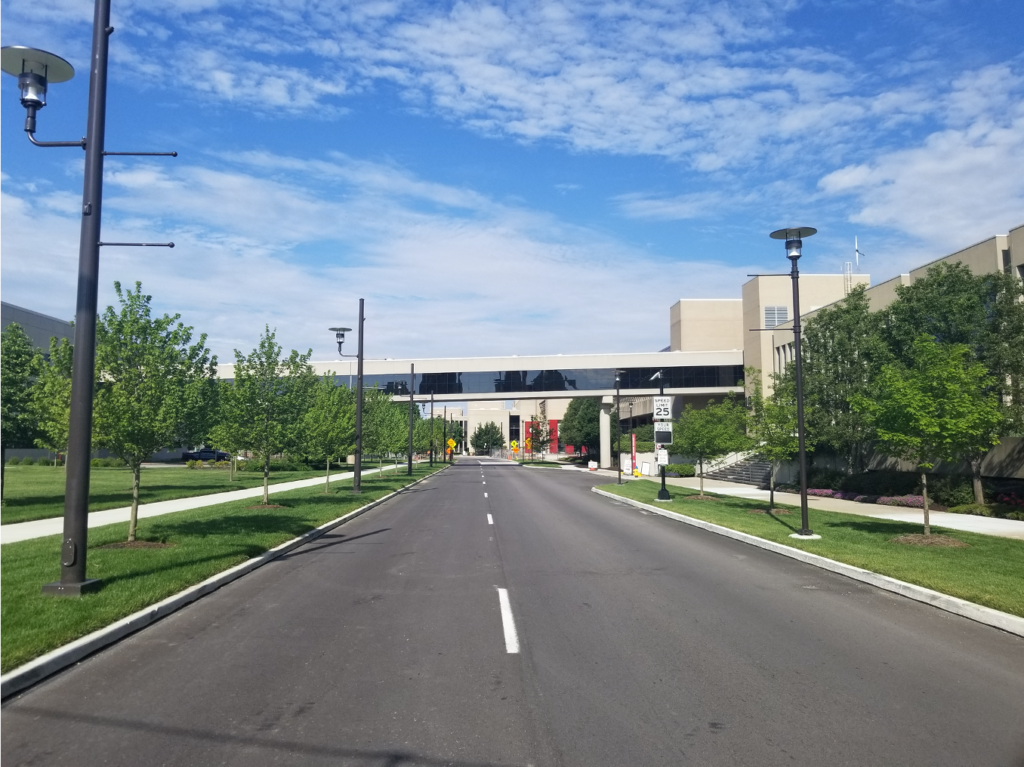
Sources
Historic image courtesy of Dayton Metro Library.
“Dayton: Postcard History Series.” Curt Dalton.
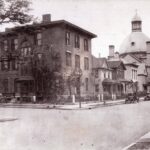
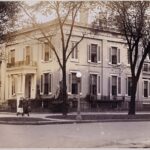
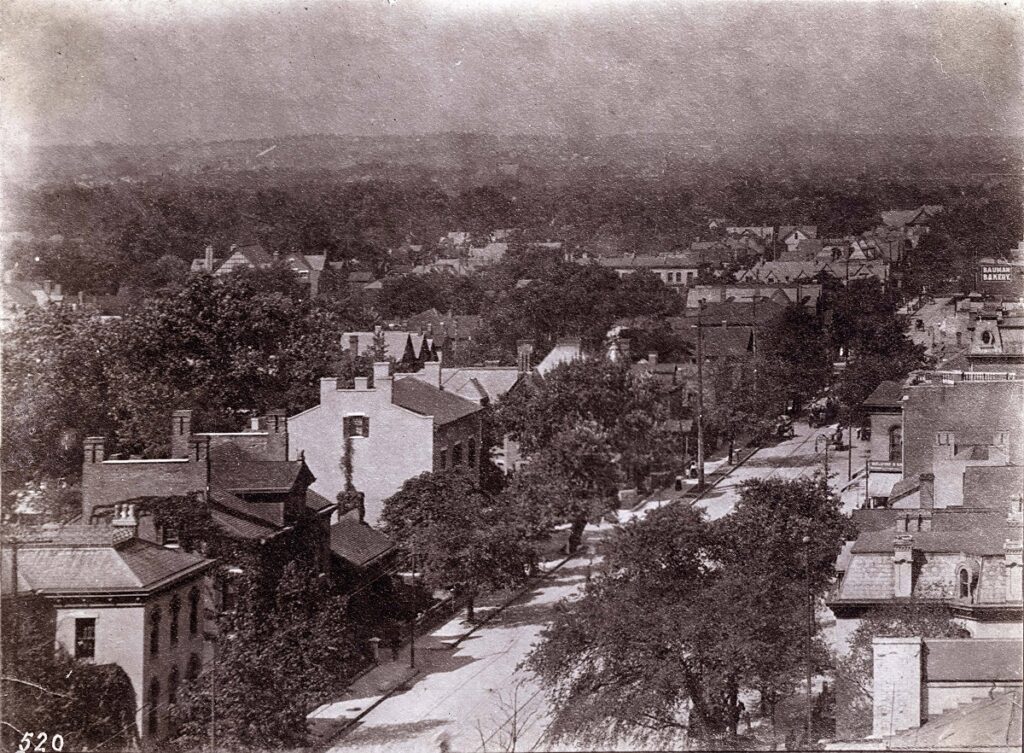
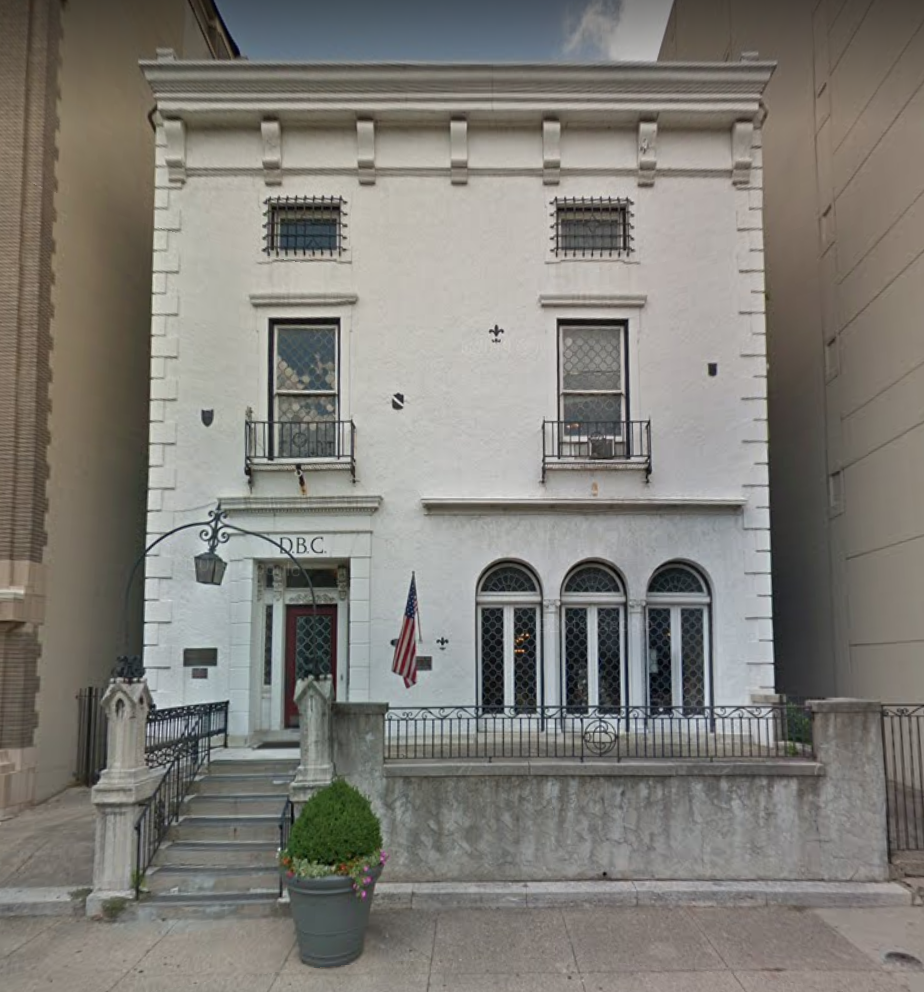
Does anyone happen to know just where all the debris from the 1913 flood went to? Curious if anyone tried to locate this and if so, may have searched thru it looking back into the things we used to have in our lives?
Would be interesting to find some vintage Dayton items…
Talk to the folks at the Main Library’s Dayton History. There were articles written during the cleanup and periodically for decades after. Can’t get to my articles archives for a while, but I know they exist.